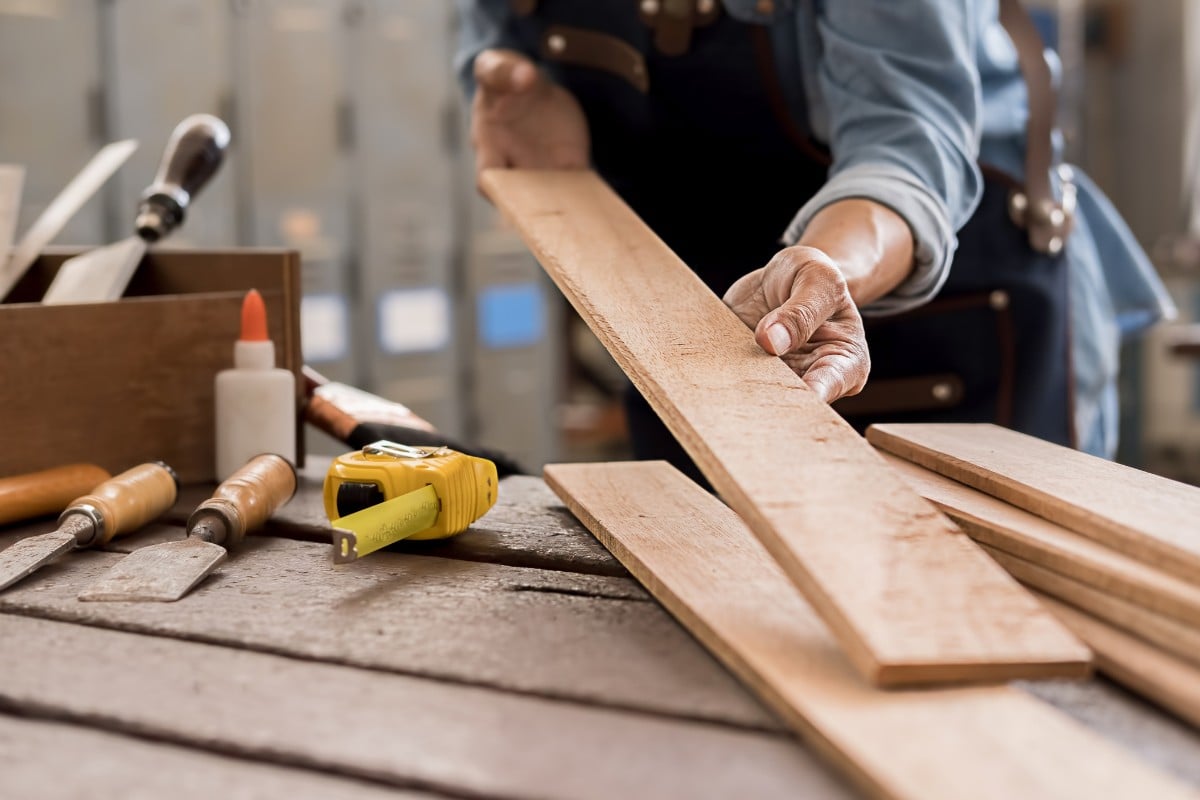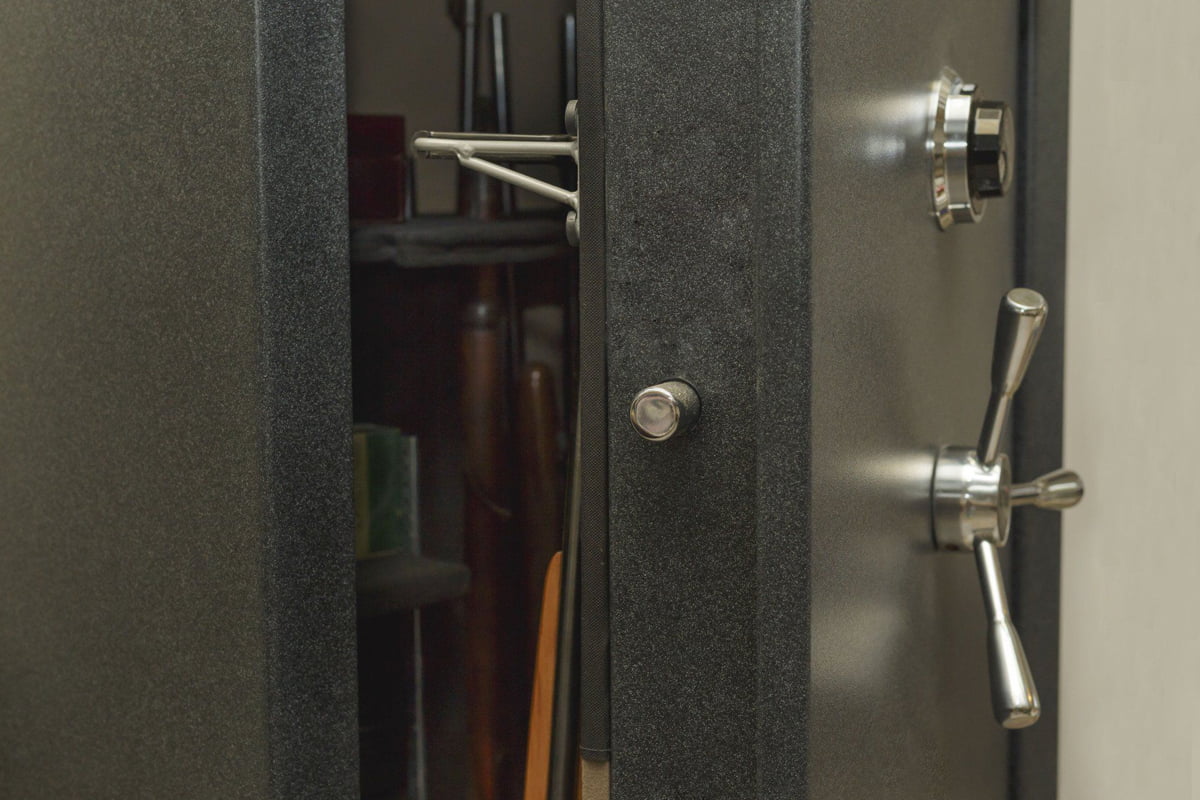If you want to become a professional woodworker, you need to learn the basics of woodworking. It does not matter whether you are planning to construct a large birdhouse or build a simple chair. The first and most important step is to find proper wood. Many beginners often don’t select proper wood for their woodworking project and then later, they realize their mistake. If you want to increase the life of your project, then select the proper wood.
When purchasing wood, there are a few things that you need to consider. If you select the wrong wood, then you won’t be able to complete your project. This is the first and most important step of woodworking. By selecting the right wood for a woodworking project, you will save your money as well as precious time as well.
In this post, you are going to learn how to select wood and prepare it for a woodworking project.
Grading
Wood is also like other products that come in different grades, but wood ratings are not in A, B, and C. The three highest wood ratings are FAS (First and Second), F1F (FAS 1-Face), and SEL (Selects).
FAS
FAS quality wood is the highest quality of wood that is exported from different countries and then cut in the US. Being the highest quality, the woods of FAS quality are free from knots and imperfections. FAS quality wood contains sapwood in a very minimum quantity.
F1F
F1F (FAS 1-Face) contains FAS quality wood only on one side of the wood and the other side contains imperfections. The non-FAS side is tight, has knots, and contains other imperfections slightly. F1F type of wood is best for laying flooring without waste.
SEL
SEL (Selects) is very much the same as F1F except for the size of the board. Selects quality wood is 4” in wide and 6” in length. Because of the similar quality, the F1F price is very much the same as the Selects quality wood. These types of wood are often exported as FAS quality wood. These types of woods are commonly used in Northern America and F1F quality woods are used in the Southern region of the United States.
These three are considered as the highest quality of wood. After these three grades, there are lower qualities of wood that are labeled as No1, No2, and No3, etc. When purchasing FAS quality wood, make sure you check both sides of the wood. Often, retailers sell F1F quality wood at the price of FAS.
Moisture Content
Another very important factor you should keep in mind is moisture content. Moisture content in wood can make it shrink and swell. When the wood starts shrinking, it is difficult to give a woodworking project a defined shape, and it becomes more difficult to join two pieces of wood together. If moisture content is present in your woodworking project, then it can destroy your creation and can spoil your hard work.
According to professional woodworkers and the American Lumber Standard (ALSC), the moisture content in wood should be less than 19%. Wood moisture can easily be determined with the help of a moisture meter.
It is always safe to purchase wood that contains less than 19% moisture content. The more dried wood you purchase, the less it shrinks and don’t worry about choosing wood that is too dry.
Compatibility
You don’t have to always choose expensive wood because even expensive wood can make your project more difficult. It is always important to select wood that is most suited for your project. If you are planning a project with lots of cravings, then even expensive woods like Oak and Redwood are not the best options.
Before starting the project, it is important to select wood according to your project requirements. Spend some time making a blueprint for your project, then gather information about what type of wood works best for your project and then consider selecting wood.
There are lots of woodworking communities where you can ask questions regarding your woodworking project, but make sure to try to start from basic woodworking projects and then progress towards more advanced woodworking projects.
Cost
For people who have a limited budget, they must consider wood cost as an important factor in their woodworking project. The right selection of wood can save lots of money. Like any other item, wood also has different price tags based on different quality. Here are a few factors that define the cost of wood.
Quality
As explained in grading, wood comes in different qualities. Higher-quality wood is expensive. That’s why if you are on a limited budget, you can choose lower-quality wood.
Where Wood Comes From
Russia is known for quality wood, but importing Russian wood will cost you more money. It is obvious many resources are required to import products from other countries. More resources mean more money, which surely increases the overall cost of wood.
Rarity
Demand and supply play a very important role in determining the cost of any product. If you want to purchase Pine (that is the cheapest wood) but it is not available in the market, then the price of Pine wood goes higher, and you have to pay additional money for Pine wood.
Branded Wood
If you go with branded wood such as African Blackwood, it can cost you $25000 per cubic because this type of wood is only used to manufacture musical instruments to produce the best sound.
Tip for Saving Money
Selecting the right wood is the first step in your woodworking project. But if you don’t select the proper wood for them, then you will never be able to complete these projects.
In the end, here is a secret money-saving tip that most people use in their woodworking projects. Always purchase F1F quality wood and use higher quality wood on the front of your woodworking project and use lower quality wood on the backside of your project. This little tip will help you to save a good amount of money when you are making multiple woodworking projects.









